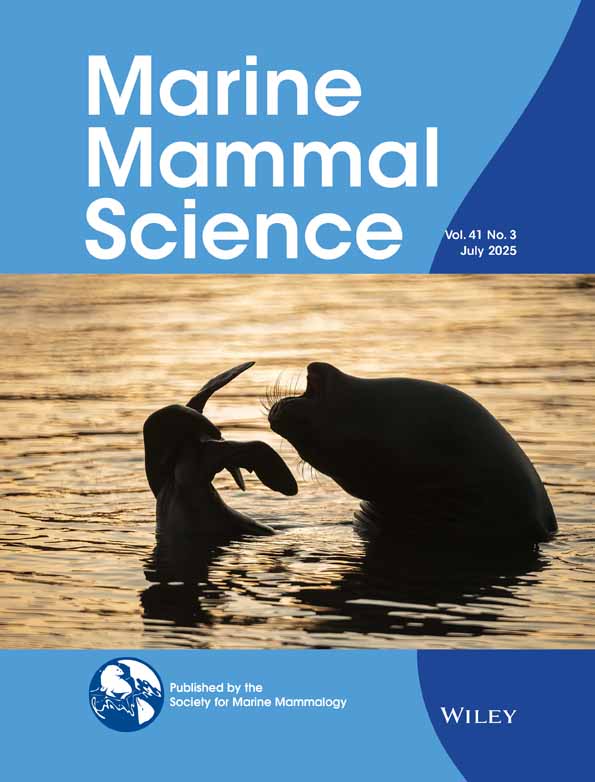VERTEBRAL OSTEOLOGY AND COMPLEXITY IN LAGENORHYNCHUS ACUTUS (DELPHINIDAE) WITH COMPARISON TO OTHER DELPHINOID GENERA
Abstract
The vertebral column of the Atlantic white-sided dolphin, Lagenorhynchus acutus, reflects the radical reorganization of the cetacean column for locomotion in water. Both posterior thoracic and anterior caudal vertebrae have been “lumbarized,” and discontinuities occur within the caudal series at the synclinal point and fluke base. Morphology changes subtly as body size increases. Neural process height increases more rapidly, and centrum length more variably, than other vertebral parameters. As a result, large animals have disproportionately tall neural processes, short necks, long mid-body regions, and short flukes. Vertebral columns of large animals also show greater complexity (range, irregularity, and polarization) of centrum length than do those of smaller animals. Comparisons among dolphins reveal that complexity trends with respect to differentiation of parts run counter to the trend with respect to number of parts, a relationship predicted by Williston in 1914.




